When it comes to the enchanting world of gardening, one cannot help but marvel at the exquisite beauty and versatility that hostas bring to the landscape. These lush, vibrant plants have become a staple in gardens worldwide, captivating enthusiasts with their stunning foliage and adaptability. In this comprehensive guide, Gina Farm delves into the roots of these captivating plants, answering the pivotal question: Where Are Hostas Native To?
Where Are Hostas Native To?
Hostas are native to East Asia, particularly Japan, China, and Korea. They are herbaceous perennial plants that are appreciated for their attractive foliage and are commonly used as ornamental plants in gardens. In their native habitats, hostas are typically found in woodland areas, where they thrive in the shade provided by trees and other vegetation. These plants have become popular in gardens around the world for their diverse leaf shapes, sizes, and colors, making them a favorite choice for shade gardens and landscaping.
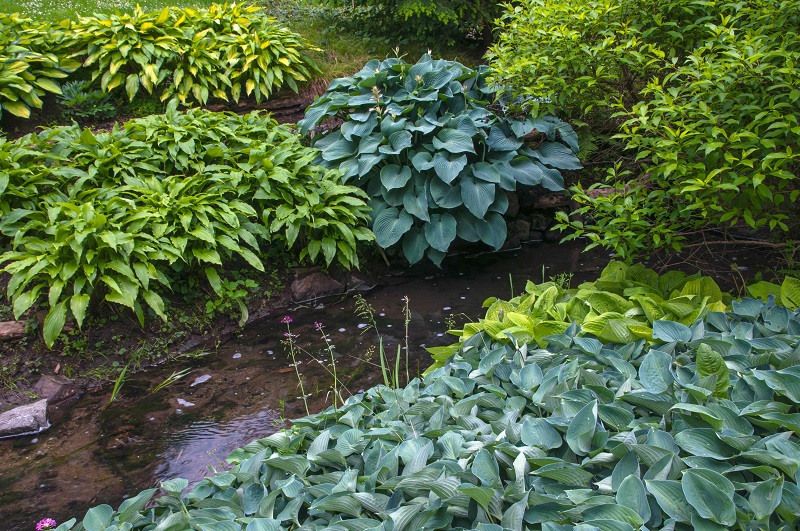
Diversity in Native Environments
In their native environments in East Asia, hostas exhibit a natural diversity in terms of species and varieties. Here are some aspects of their diversity:
- Species Variety: There are several species of hostas found in East Asia. Each species may have unique characteristics, including leaf shape, size, and color. Some examples of hosta species include Hosta montana, Hosta sieboldii, and Hosta plantaginea.
- Leaf Characteristics: Hostas are well-known for their diverse foliage. Leaves can vary widely in size, shape, and texture. Some hostas have large, broad leaves, while others may have smaller, more elongated or lance-shaped leaves. The color of the leaves can range from various shades of green to blue-green and even variegated patterns.
- Floral Diversity: While hostas are primarily grown for their foliage, they also produce attractive flowers. The flowers are often tubular and can range in color from white to lavender. However, the emphasis in hosta cultivation is usually on the leaves rather than the flowers.
- Adaptation to Different Environments: Within their native range, hostas can be found in a variety of environments, from moist woodland areas to drier slopes. This adaptability contributes to their popularity in gardens, as they can tolerate different soil conditions and levels of shade.
- Cultural Significance: In their native regions, hostas may hold cultural significance. For example, in Japan, hostas are known as “giboshi” and are sometimes associated with the concept of simplicity and elegance in landscaping.
When cultivating hostas outside their native range, horticulturists and gardeners have further expanded the diversity through hybridization and selective breeding. This has led to the creation of numerous cultivars with a wide range of characteristics, providing even more options for gardeners to choose from.
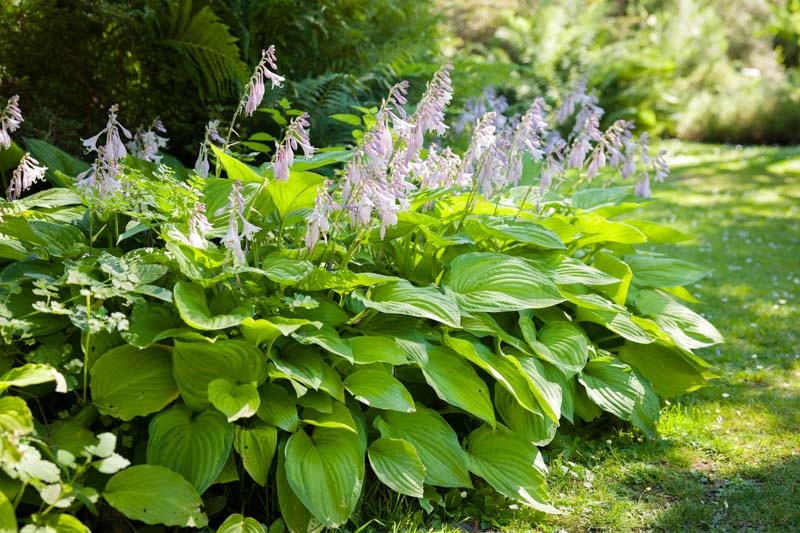
Adaptations to Climate Variations
Hostas have developed certain adaptations that allow them to thrive in different climate variations, particularly in their native environments in East Asia. Some of these adaptations include:
Shade Tolerance
Hostas are well-adapted to thrive in shaded environments. In their native woodlands, they often grow under the canopy of larger trees where they receive filtered sunlight. This makes them an excellent choice for shaded or partially shaded areas in gardens.
Moisture Preferences
While hostas can adapt to various soil conditions, many species and varieties prefer well-draining, consistently moist soil. In their native habitats, they often grow in areas with ample moisture, such as along stream banks or in woodland settings with regular rainfall. This adaptation makes them suitable for gardens with consistent watering.
Dormancy
In response to changing environmental conditions, hostas go through a period of dormancy. During the winter months in colder climates, the aerial parts of the plant die back, and the plant enters a rest phase. This dormancy allows hostas to conserve energy and survive through less favorable conditions, such as freezing temperatures.
Rhizomatous Growth
Many hostas spread through rhizomes, underground stems that can produce new shoots and leaves. This growth habit allows them to form colonies and adapt to changing conditions by spreading in suitable directions.
Cold Hardiness
Some hosta species, especially those native to regions with colder winters, have developed cold-hardy characteristics. They can tolerate freezing temperatures and are able to resume growth in the spring when conditions become more favorable.
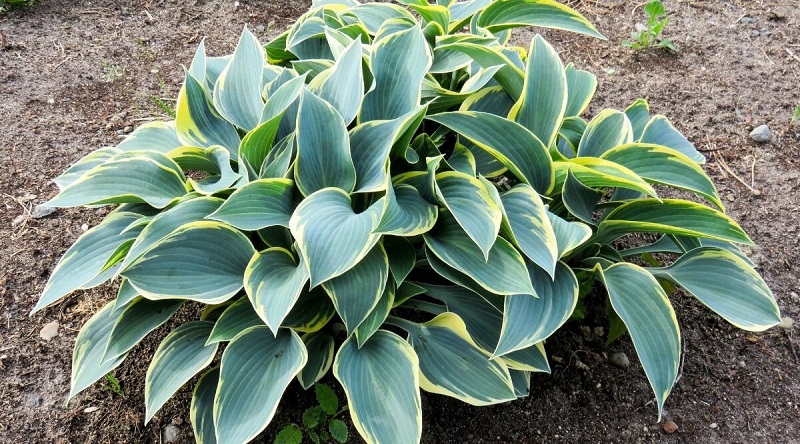
It’s worth noting that while hostas have natural adaptations to their native environments, cultivated varieties and hybrids may exhibit variations in these adaptations. Additionally, when growing hostas outside their native range, gardeners need to consider regional climate conditions and may select specific varieties that are better suited to local climates. Hostas are generally hardy and adaptable, which contributes to their popularity in a wide range of gardening environments.
Global Cultivation and Hybridization
Hostas have become one of the most popular ornamental plants worldwide, and their cultivation has extended far beyond their native East Asian habitats. Several factors contribute to their global popularity:
Adaptability
Hostas are adaptable to a variety of climates and soil conditions, making them suitable for cultivation in a wide range of regions. They are commonly grown in North America, Europe, and other parts of Asia.
Shade Tolerance
Hostas’ ability to thrive in shaded environments makes them valuable for gardens with limited sunlight. In urban and suburban landscapes where buildings and trees create shaded areas, hostas are often chosen for their ability to add beauty and interest in low-light conditions.
Varied Cultivars
The diversity of hosta cultivars resulting from hybridization has played a significant role in their widespread cultivation. Horticulturists and enthusiasts have developed numerous cultivars with different leaf shapes, sizes, and colors, as well as varying growth habits. This variety allows gardeners to choose plants that suit their specific preferences and gardening conditions.
Landscaping Use
Hostas are commonly used in landscaping for their aesthetic appeal and low maintenance. They are often employed in borders, along pathways, and in woodland gardens, contributing to their global popularity in diverse landscaping styles.
Container Gardening
Hostas are well-suited for container gardening, allowing individuals in various climates and living situations, including urban environments, to enjoy these plants. Container gardening enables people to control soil conditions and provides flexibility in terms of placement.
Hybridization
Ongoing hybridization efforts have led to the development of new and improved hosta varieties. Hybridizers aim to create plants with unique characteristics, such as larger or more vibrantly colored leaves, different growth habits, or enhanced pest resistance. This continuous innovation contributes to the sustained interest and popularity of hostas in the gardening community.
Global Trade
Hostas are traded globally, making it possible for enthusiasts in different regions to access a wide variety of cultivars. Nurseries and plant enthusiasts often exchange or sell hosta plants internationally, contributing to the diversity of hostas in gardens around the world.
While hostas have thrived in diverse global climates, it’s essential for gardeners to consider local conditions and select hosta varieties that are well-suited to their specific climate, soil, and light conditions.
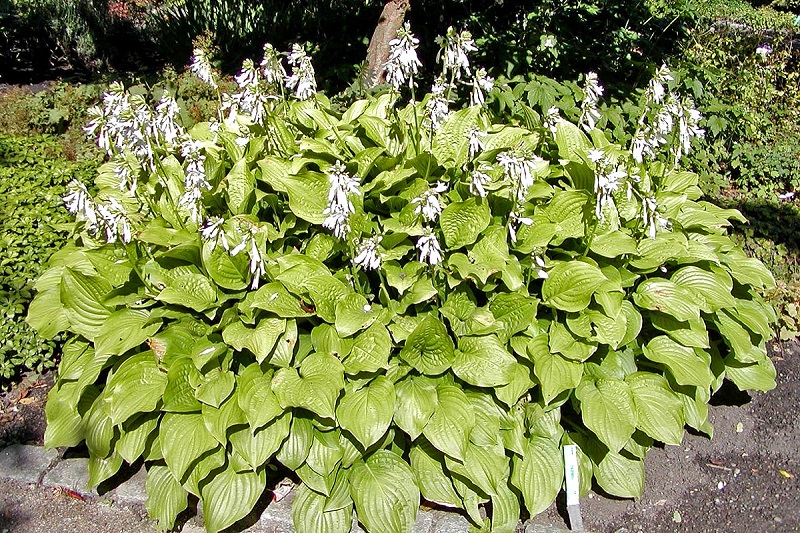
Cultural Significance in East Asia
In East Asia, particularly in Japan, hostas have cultural significance and are valued not only for their ornamental qualities but also for the symbolic meanings associated with them. Here are a few aspects of the cultural significance of hostas in East Asia:
- Symbol of Simplicity and Elegance: In Japanese culture, hostas are known as “giboshi.” They are often associated with simplicity and elegance in landscaping. The plant’s lush, green foliage and graceful appearance contribute to its representation of natural beauty without unnecessary embellishments.
- Tea Gardens and Landscaping: Hostas are commonly found in Japanese tea gardens and traditional landscapes. The subdued color palette and serene atmosphere created by the hostas contribute to the meditative and contemplative nature of these spaces.
- Cultural Festivals: In some regions of Japan, hostas are celebrated during cultural festivals. These festivals may include exhibitions and displays of various hosta varieties, showcasing the diversity and beauty of these plants.
- Literary References: In Japanese literature, hostas are sometimes mentioned, and their characteristics may be used metaphorically. The plant’s ability to thrive in shaded environments may be likened to virtues like resilience and adaptability in the face of challenges.
- Cultural Aesthetics: Hostas align with traditional Japanese aesthetics, such as “wabi-sabi,” which appreciates the beauty of imperfection and transience. The changing seasons and the cyclical nature of hostas, including their dormancy in winter and renewed growth in spring, resonate with these cultural values.
- Bonsai Culture: While not as commonly associated with bonsai as some other plants, hostas are occasionally used in bonsai cultivation. The meticulous care and attention to detail required for bonsai align with Japanese cultural values.
It’s important to note that the cultural significance of hostas in East Asia may vary across different regions and communities. Additionally, while hostas have historical and cultural ties to East Asia, their popularity as ornamental plants has led to their widespread cultivation and appreciation in gardens around the world.
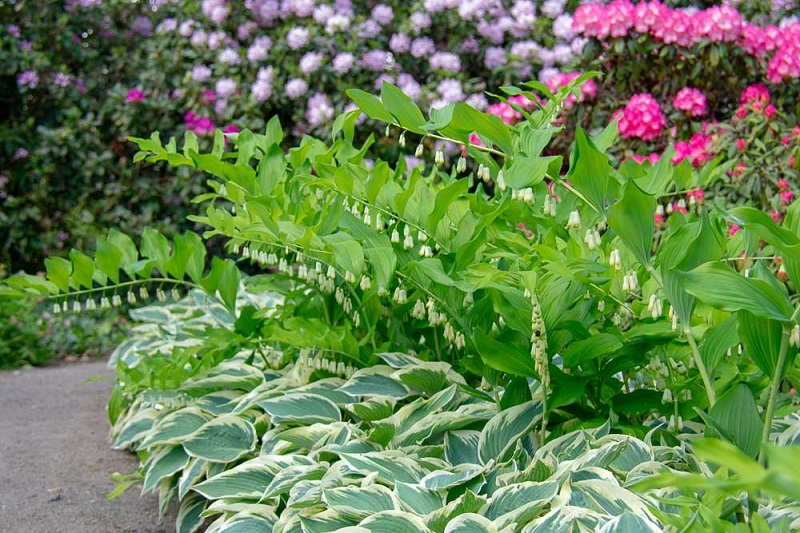
Landscaping with Hostas: A Global Phenomenon
Landscaping with hostas has indeed become a global phenomenon, with these plants being widely utilized for their aesthetic appeal, versatility, and adaptability. Here are some key aspects of landscaping with hostas on a global scale:
- Shade Gardens: Hostas are a popular choice for shade gardens, where their ability to thrive in low-light conditions makes them invaluable. Many urban and suburban gardens, particularly in areas with mature trees and buildings casting shadows, incorporate hostas to add color and texture.
- Variety of Cultivars: The extensive variety of hosta cultivars allows landscapers and gardeners to choose plants that fit their design preferences and the specific conditions of their outdoor spaces. Cultivars come in various sizes, shapes, and colors, providing options for diverse landscaping styles.
- Edging and Borders: Hostas are frequently used to create borders and edging in garden beds. Their dense foliage and mounding habit make them effective at defining spaces and providing a lush, green backdrop for other plants.
- Container Gardening: Hostas are well-suited for container gardening, making them popular choices for patios, balconies, and small outdoor spaces. Container planting allows individuals to enjoy hostas even if they lack a traditional garden.
- Focal Points and Accents: Larger hosta varieties, with their bold foliage, are often used as focal points in garden design. Placing hostas strategically can draw attention to specific areas, creating visual interest in the landscape.
- Woodland and Naturalistic Gardens: Given their native habitat in woodland areas, hostas are often integrated into woodland gardens, providing a naturalistic and harmonious look. The plants can thrive under the canopy of trees, making them excellent choices for areas with dappled or filtered sunlight.
- Seasonal Interest: Hostas offer seasonal interest throughout the growing season. From the emergence of their distinctive foliage in spring to the flowering period and the eventual dormancy in winter, they contribute to the ever-changing visual appeal of a garden.
- Companion Planting: Hostas are versatile companions to various other plants. They work well with ferns, heucheras, and other shade-loving perennials, creating visually pleasing and harmonious plant combinations.
- Global Hybridization: Ongoing hybridization efforts globally have resulted in the creation of new hosta varieties that suit different climates and design preferences. This has expanded the possibilities for incorporating hostas into diverse landscapes.
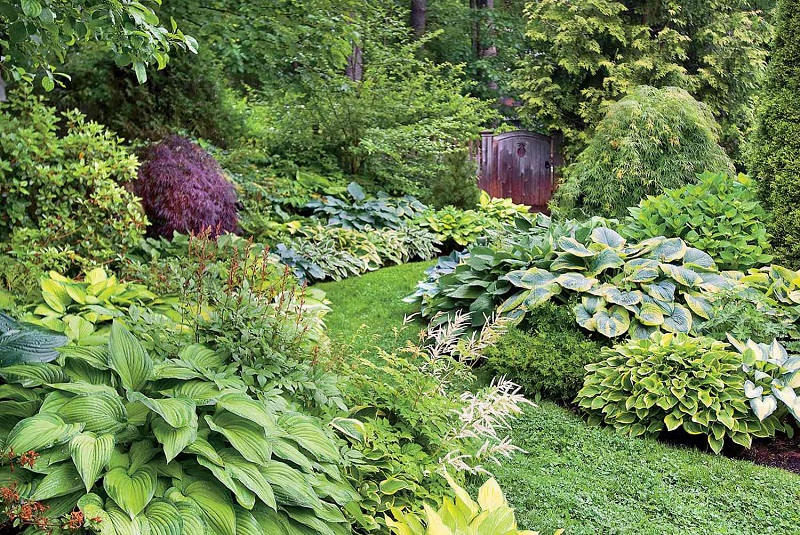
The global popularity of landscaping with hostas highlights their adaptability, aesthetic appeal, and contribution to creating beautiful and well-balanced outdoor spaces in a variety of cultural and environmental contexts.
Conclusion: Nurturing the Global Appeal of Hostas
The journey of hostas from their native habitats in East Asia to global prominence is a testament to their enduring charm and adaptability. Whether gracing the woodlands of Japan or adorning the gardens of Europe, hostas continue to captivate with their lush foliage and unique aesthetics. As we explore Where Are Hostas Native To?, we unravel not just the botanical origins of these plants but also the cultural and horticultural tapestry they have woven across the world.